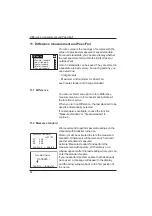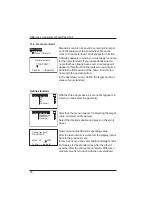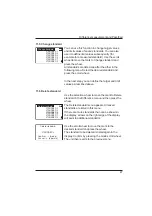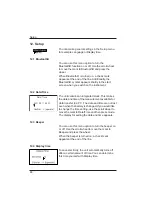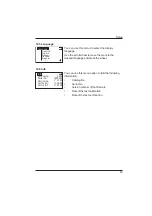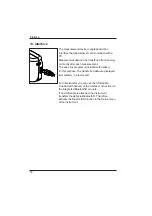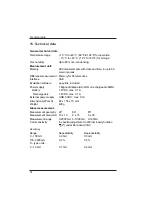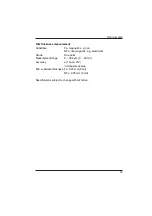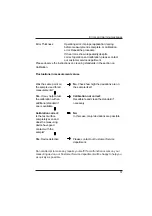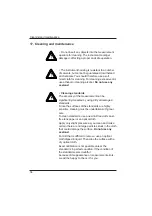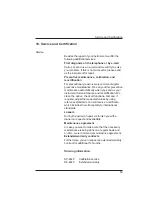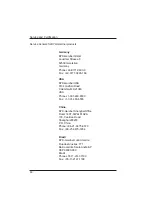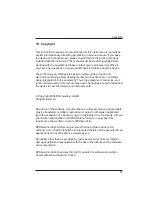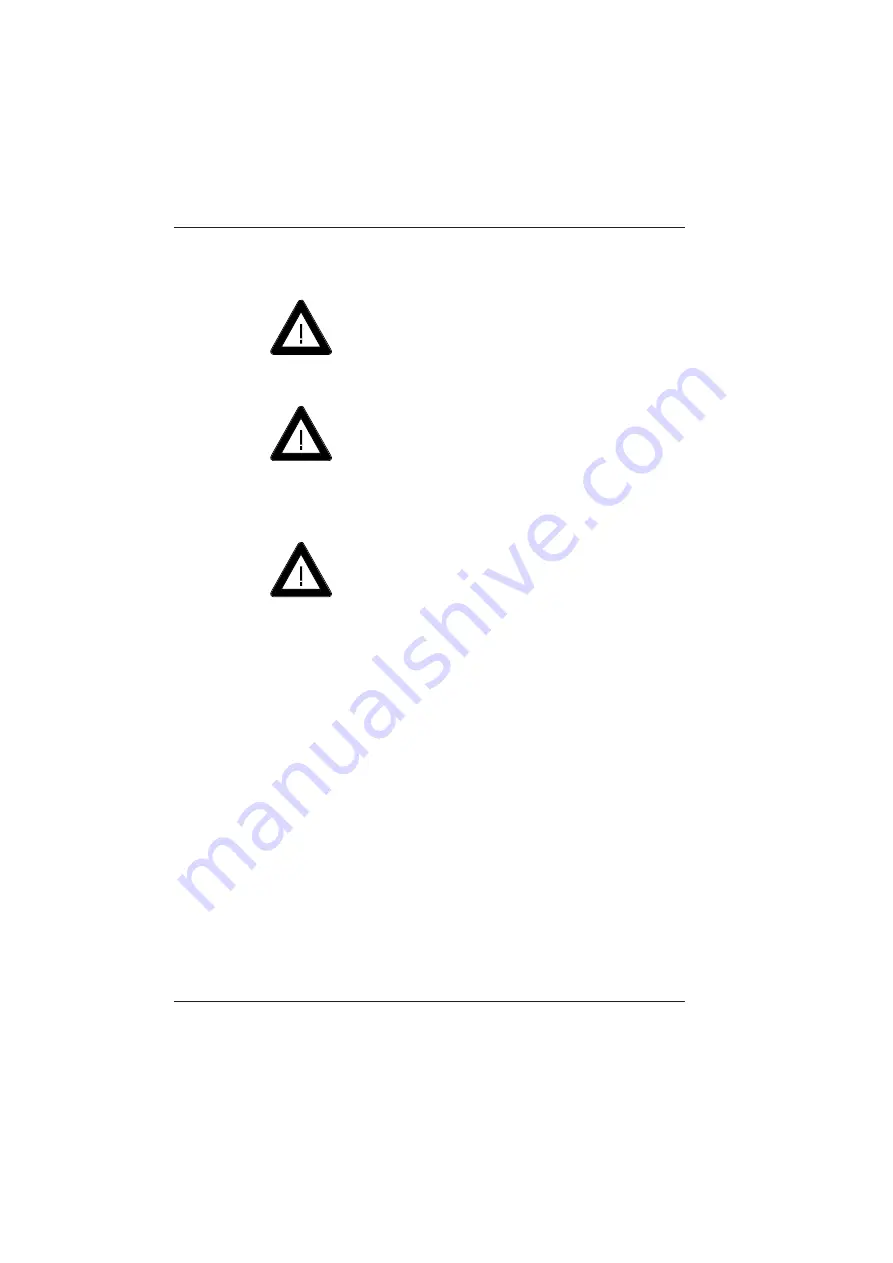
58
17. Cleaning and maintenance
• Do not insert any objects into the measurement
aperture for cleaning. The instrument could get
damaged - affecting a proper and safe operation.
• The instrument housing is resistant to a number
of solvents, but cannot be guaranteed to withstand
all chemicals. You should therefore use a soft,
moist cloth for cleaning. For cleaning excessive dirt,
use ethanol or cleaning alcohol.
Do not use any
acetone!
•
Cleaning standards
The accuracy of the measurement can be
significantly impacted by using dirty or damaged
standards.
Since the surfaces of the standards are highly
sensitive, cleaning must be undertaken with great
care.
To clean standards, use a new lint-free cloth, dust-
free lens paper or an optical cloth.
Apply only slight pressure as you clean and make
certain there are no large particles stuck in the cloth
that could damage the surface.
Do not use any
acetone!
For dirt that is difficult to remove, use an optical
cloth dipped in liquid. Then wipe the surface with a
dry optical cloth.
Exact calibration is not possible unless the
standard is in perfect condition. If the condition of
the standard seems doubtful
because of its appearance or measurement errors,
we will be happy to check it for you.
Cleaning and maintenance

